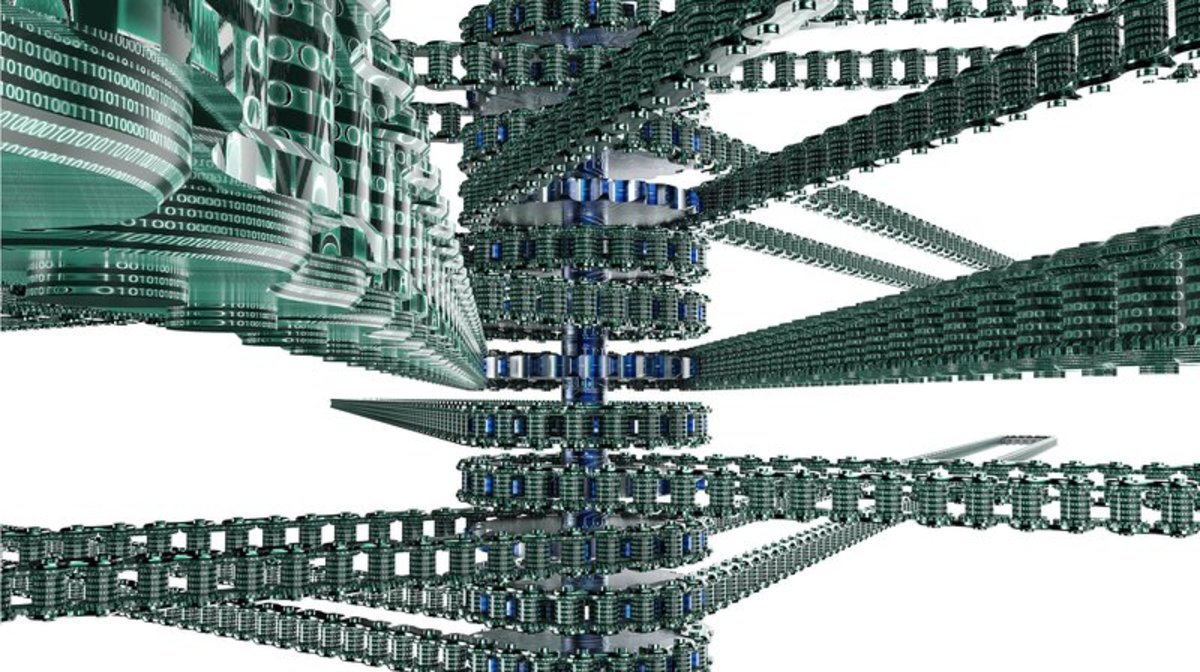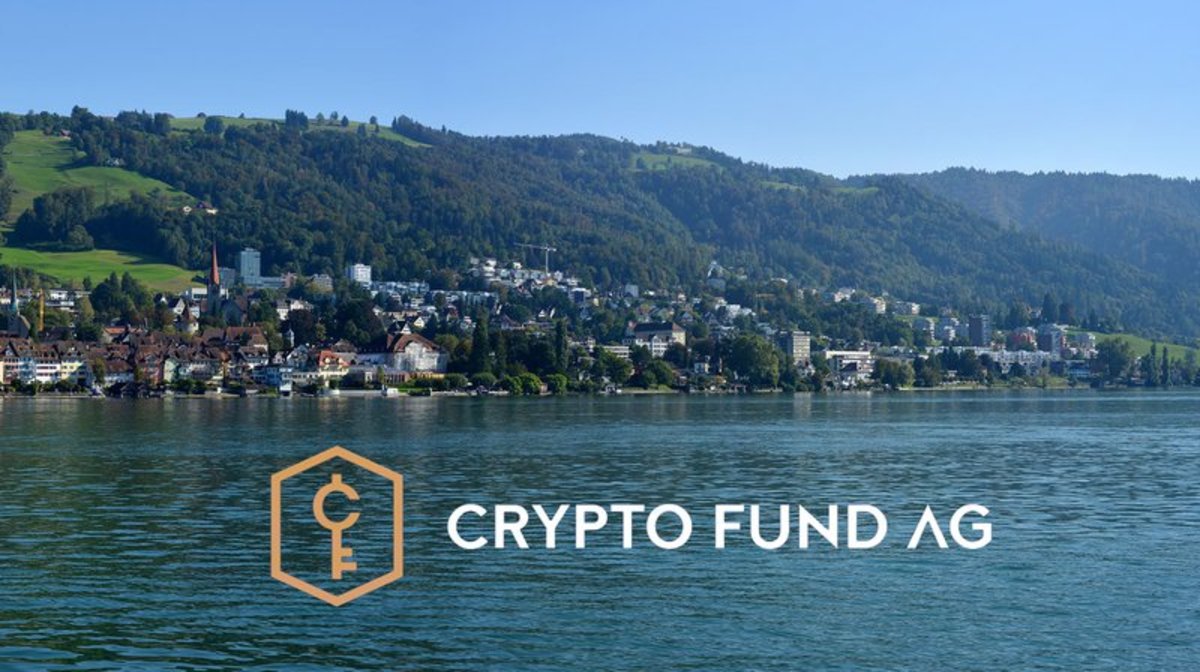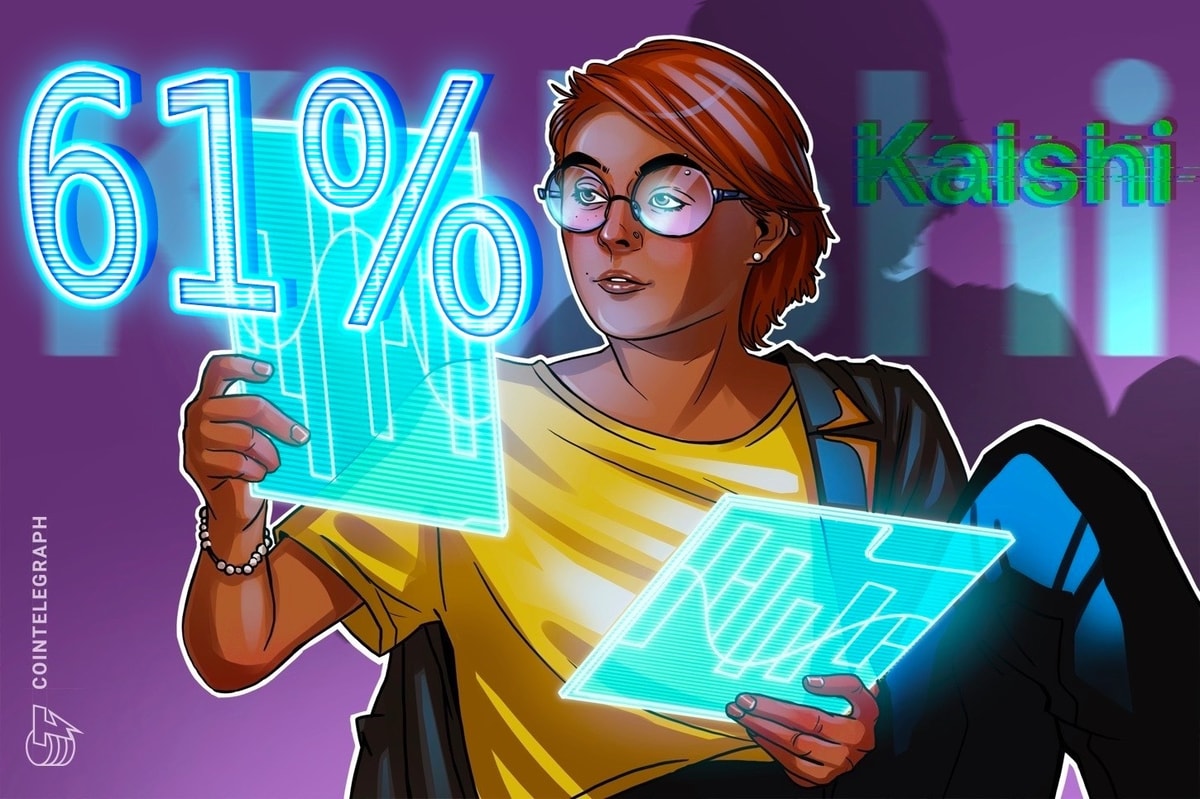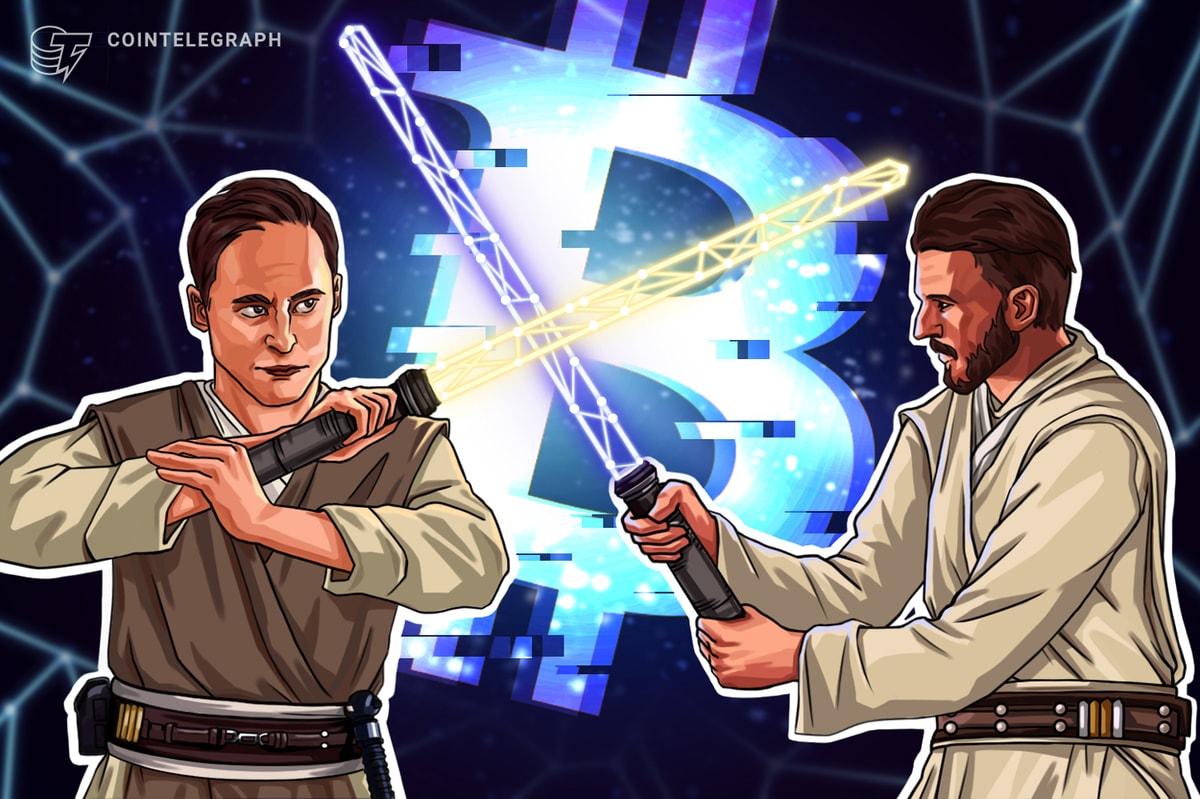
Since the start of Bitcoin in January 2009, we have seen the introduction of a multitude of blockchains across all kinds of areas and financial markets. Today, we can count hundreds of public blockchains that amount to a total market cap of almost $100 billion, excluding many more private blockchain installations.
Last year, we saw the emergence of precious metal-backed tokens and derivatives, entirely new asset classes representing entire ecosystems and even ETF tokens to invest into other blockchain assets. One such example is Initial Coin Offerings (ICOs) or token sales that are gaining in popularity.
The World Economic Forum is even going as far to predict that 10 percent of the global GDP will be stored on the blockchain in less than 10 years. In terms of today’s global GDP that would be $7.8 trillion.
Here a challenge arises: If we, as a community, do not find a way to connect blockchains, these $7.8 trillion will be dispersed in such a way that its true value is a lot lower.
So what is the solution? It’s one that we already saw being executed in a similar way around 30 years ago.
From Intranets to Internet
Before the invention of the TCP/IP protocol, the internet was also dispersed in many local networks, so-called intranets. These provided local efficiency over more traditional point-to-point communications (such as letters, faxes or telephone calls). The real breakthrough only came in 1973 when different intranet networks realized that they could use a unifying inter-network protocol to communicate among each other, thereby extending their reach by compatibility even more.
By dropping the requirements for an intranet to join the so-called internet to the bare minimum, it became possible to add almost any intranet, no matter how basic or sophisticated its characteristics were.
The initial adoption by users was relatively slow, as the services offered at the beginning were limited. There was one major factor, however, that eventually sped it up significantly. The same providers that were already offering mail, fax and phone services could now add internet services to their portfolios, giving them extra revenue streams. User adoption came easily, as a trust basis between the customers and these service providers was already established for years or even decades. Early adopters started, the later adopters followed.
Today, the internet spans across the entire world, and information that used to be accessible only locally is now accessible from anywhere, even from the moon. Information is stored by servers all over the world while routers create the backbone. Internet Service Providers (ISPs) give the average end-user easy and quick access to this vast database of information by opening a communication channel to their customers and to other ISPs, servers and routers.
Once the average user accesses the internet through his or her communication channel with the ISP in order to gain information from the internet, the user does not have to worry about how the information is retrieved exactly. All he or she has to do is type in the destination from where the information will be retrieved from (URL). The ISP which the user has the communication channel to does not know the exact path to the destination either. However, through the TCP/IP protocol, the request is routed through from one communication channel to another using routers, servers or ISPs, who then either know the location or continue the process. The important point is, neither one of them has to know the entire way. All they have to do is to trust the TCP/IP protocol, which has the task of delivering packets from the source host to the destination host, solely based on the IP addresses in the packet headers. Its routing function enables inter-networking and essentially establishes the internet.
Connecting the Blockchains
How does this translate into connecting blockchains? What if there was a way to connect literally any blockchain, without creating a new larger blockchain, like some companies have suggested? Creating a new blockchain would be like a large intranet, that all the other intranets would have to trust. It would be way more difficult to convince everyone. It is easier to leave everyone on their blockchain/intranet and just connect them.
With that in mind, I, therefore, suggested a Cryptographically-secure Off-chain Multi-asset Instant Transaction network (COMIT) at the end of 2016 and wrote a whitepaper about it.
What would such a network look like? Just like the internet, we need a stable and trustworthy backbone. In our opinion, any large blockchain provides exactly that. It can be any blockchain because, just like on the Internet, different modalities will be interconnected. For example, the initial internet never foresaw mobile app messaging services, but these have been implemented without any problems. The same will be true for COMIT, where any new blockchain can be connected to an existing one through the use of the COMIT Routing Protocol (CRP).
A user today who is using cryptocurrencies currently has to wait minutes if not hours before a transaction is accepted by the counterparty. With the adoption of payment channels such as the Lightning Network, Raiden or many others, such users can transfer assets instantly from person A to person B. If person B then opens another payment channel to person C, person A can also transfer assets to person C via B instantaneously, as long as person B provides enough liquidity.
In theory, there can be an infinite chain of participants in between person A and C, as long as they all provide enough liquidity. Again, such transactions are immediate without person A needing to know which route the assets took to end up at person C. Users can trust this system as the routing protocol ensures its correctness, plus the cryptographically secured payment channels, which will be described in the next chapter, ensures flawless functionality.
What we end up with are off-blockchain, cryptographically-secured, instant payments that can even be transferred from one asset to another via hashed time-lock contracts (those will also be described in a future post). In order for this network to have enough liquidity (in the example above person B needs to provide enough liquidity to enable a transaction between person A and person C), we introduce the concept of Liquidity Providers (LP). LPs can be seen or understood as hubs or nodes in the COMIT network that create payment channels to users, other LPs and businesses. They are a core part in COMIT, just like servers, routers and ISPs are to the internet.
Adoption of this system will be seamless, fast and will bring great benefits to all of its participants, just like the internet did. Some of the benefits of COMIT include, but are not limited to,
- open source infrastructure;
- true instant, frictionless and cheap payments for users all over the world;
- true global access without limitations to any asset or business process connected to a blockchain;
- cryptographically secure, trustless global transactions network;
- new business opportunities for companies;
- new and recurring revenue streams for banks and other liquidity providers; and
- rapid adoption based on existing networks build with new, cheap and secure infrastructure.
According to our research, over 95 percent of all the blockchains (especially the large important ones) can be connected. In a future post, I will discuss in great detail what the three requirements are for such a system to work and how it looks from a technical perspective.










